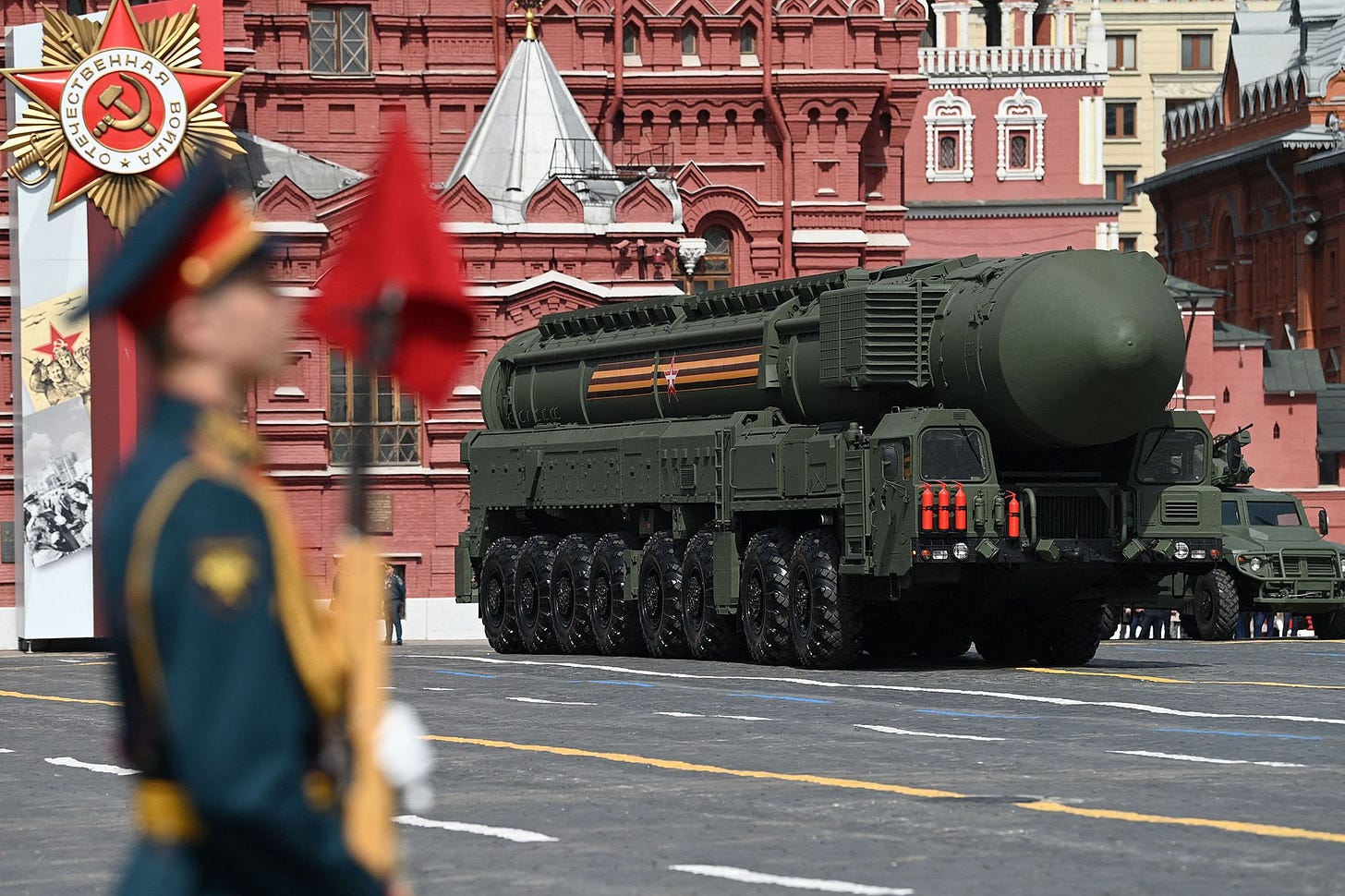The Real Story: Nuclear Deterrence's Hidden Limits, Revealed
The world has long believed in the absolute deterrent power of nuclear weapons. The idea is simple: no nation would dare attack a nuclear power, fearing catastrophic retaliation. However, recent events have poked holes in this long-held assumption. The reality on the ground, particularly in conflicts involving a nuclear power against a non-nuclear state, is far more complex.
The Limits of Nuclear Deterrence
The ongoing conflict in Ukraine provides a stark example. Russia, possessing the world's largest nuclear arsenal, has faced repeated attacks on its own territory. President Putin's nuclear saber-rattling has not deterred Ukraine from striking military targets and even holding territory within Russia. This is not an isolated incident. Iran's missile attacks on Israel, a nuclear power, further challenge the notion of absolute nuclear deterrence. These events highlight a critical limitation of nuclear weapons: their practical usability in many conflict scenarios.
The Non-Nuclear Advantage
Non-nuclear states often recognize the constraints faced by their nuclear-armed adversaries. The sheer destructiveness of nuclear weapons makes their use problematic, especially when the goal is to acquire territory or resources. International backlash is a considerable risk. A nuclear strike could lead to global condemnation, economic isolation, and even military intervention from other countries. More worryingly, it could trigger a wave of nuclear proliferation as non-nuclear states seek their own deterrent. Nuclear states are reluctant to risk this outcome, recognizing the long-term dangers.




